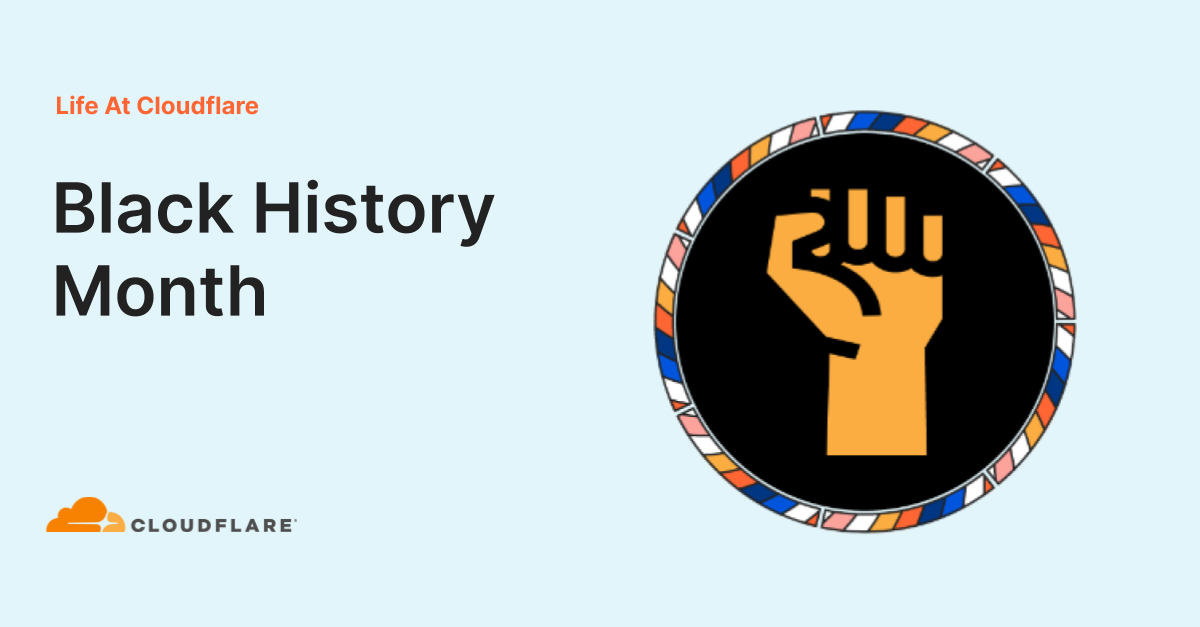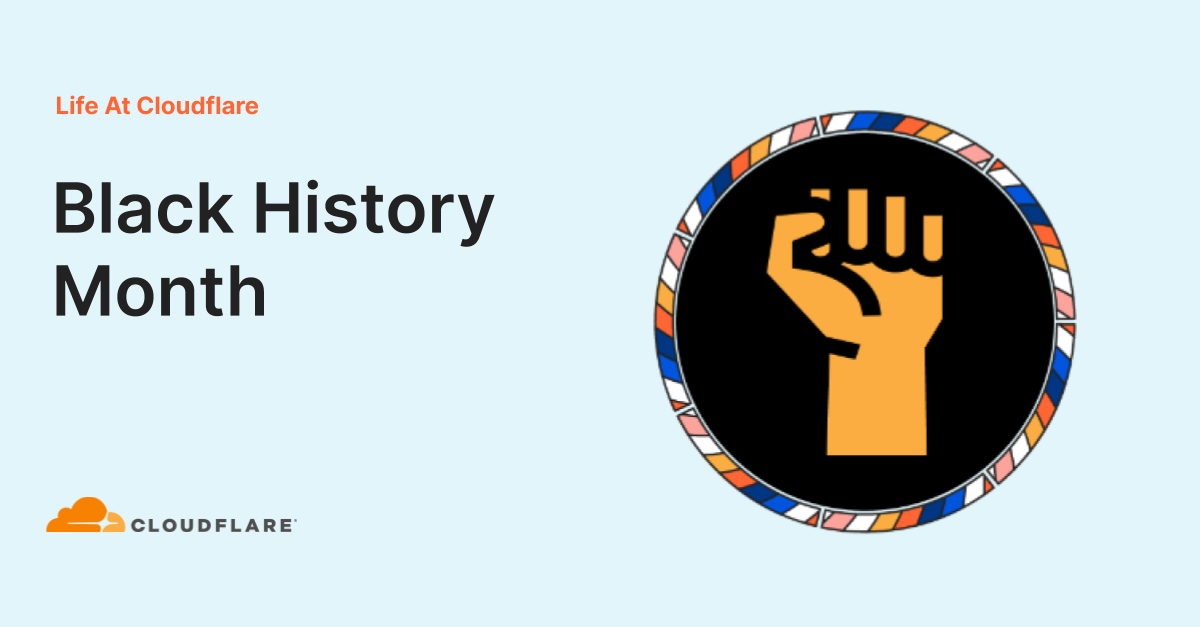Looking For a Mentor? Don’t Forget This Important Step!

With the insanity of the pandemic and the knowledge drain that we’re seeing across IT in general, there’s never been a more important time than right now to help out those that are getting started on this rise. The calls for mentors across the community is heartwarming. I’ve been excited personally to see many recognizable names and faces in the Security, Networking, and Wireless communities reaching out to let people know they are available to mentor others or connect them with potential mentors. It’s a way to give back and provide servant leadership to those that need it.
If you’re someone that’s reading this blog right now and looking for a mentor you’re in luck. There are dozens of people out there that are willing to help you out. The kindness of the community is without bounds and there are those that know what it was like to wander through the wilderness for a while before getting on the right track. They are the ones that will be of the most help to you. However, before you slide into someone’s DMs looking for help, you need to keep a few things in mind.
Make Me One With Everything
The single Continue reading
NTC – A Conversation With Daren Fulwell
In this podcast, we sit down with Daren Fulwell. Daren is a long-time network engineer, CCIE and CCDE, and is now a network automation evangelist. Tune in to hear about not only Daren’s journey, but a great discussion dissecting the intersection of SDN, intent-based networking, and how we need more focus on understanding operational processes and workflows to really make a dent within a network automation journey.
Reference Links:
Outro Music:
Danger Storm Kevin MacLeod (incompetech.com)
Licensed under Creative Commons: By Attribution 3.0 License
http://creativecommons.org/licenses/by/3.0/
The post NTC – A Conversation With Daren Fulwell appeared first on Network Collective.
Automated Origin CA for Kubernetes


In 2016, we launched the Cloudflare Origin CA, a certificate authority optimized for making it easy to secure the connection between Cloudflare and an origin server. Running our own CA has allowed us to support fast issuance and renewal, simple and effective revocation, and wildcard certificates for our users.
Out of the box, managing TLS certificates and keys within Kubernetes can be challenging and error prone. The secret resources have to be constructed correctly, as components expect secrets with specific fields. Some forms of domain verification require manually rotating secrets to pass. Once you're successful, don't forget to renew before the certificate expires!
cert-manager is a project to fill this operational gap, providing Kubernetes resources that manage the lifecycle of a certificate. Today we're releasing origin-ca-issuer, an extension to cert-manager integrating with Cloudflare Origin CA to easily create and renew certificates for your account's domains.
Origin CA Integration
Creating an Issuer
After installing cert-manager and origin-ca-issuer, you can create an OriginIssuer resource. This resource creates a binding between cert-manager and the Cloudflare API for an account. Different issuers may be connected to different Cloudflare accounts in the same Kubernetes cluster.
apiVersion: cert-manager.k8s.cloudflare.com/v1
kind: OriginIssuer
metadata:
Continue readingVideo: Getting a Packet Across a Network
After (hopefully) agreeing on what routing, bridging, and switching are, let’s focus on the first important topic in this area: how do we get a packet across the network? Yet again, there are three fundamentally different technologies:
- Source node knows the full path (source routing)
- Source node opened a path (virtual circuit) to the destination node and uses that path to send traffic
- The network performs hop-by-hop destination-address-based packet forwarding.
More details in the Getting Packets Across the Network video.
Video: Getting a Packet Across a Network
After (hopefully) agreeing on what routing, bridging, and switching are, let’s focus on the first important topic in this area: how do we get a packet across the network? Yet again, there are three fundamentally different technologies:
- Source node knows the full path (source routing)
- Source node opens a path (virtual circuit) to the destination node and uses that path to send traffic
- The network performs hop-by-hop destination-address-based packet forwarding.
More details in the Getting Packets Across the Network video.
How Better Network Visibility Can Reduce Customer Churn
By instrumenting the network and using additional data sources, IT can maintain high-quality access to critical applications and create a positive end-user experience.IPv6 Buzz 064: The Ghosts Of IPv6
Today's IPv6 Buzz explores some of the RFCs and vendor technologies that didn't quite make it as IPv6 evolved.IPv6 Buzz 064: The Ghosts Of IPv6
Today's IPv6 Buzz explores some of the RFCs and vendor technologies that didn't quite make it as IPv6 evolved.
The post IPv6 Buzz 064: The Ghosts Of IPv6 appeared first on Packet Pushers.
Real-time network telemetry for automation
The video discusses telemetry and requirements for network automation, providing an overview of sFlow measurement architecture and a discussion of recently added packet drop monitoring functionality, and ending with a live demonstration of GPU compute cluster analytics. The slides from the video are available here.
New Features in MANRS Observatory: More Informative, Intuitive, and Easy to Use

In August 2019, the Internet Society supported the Mutually Agreed Norms for Routing Security (MANRS) initiative by creating a platform to visualize its members’ routing security data from around the globe. The MANRS Observatory’s interactive dashboard allows networks to check their progress in improving their routing security.
Last week, we updated some key features of the MANRS Observatory guided by member feedback. Below we share a summary of those changes.
Please note, detailed statistics and reports for specific networks are only available to MANRS participants. Your organization can become an MANRS member for free, and join a global group of people committed to making the Internet safer for us all. Find out how.
MANRS Observatory 3.0.1: Latest updates
- Shorter reporting cycle
- Improved favorite functionality
- Access to RIPEstat widget
- Change to how we round numbers
1. Shorter reporting cycle
Previously the MANRS Observatory provided status report updates up to 31 days after members’ had added their latest figures. While this wasn’t a real problem when looking at general trends, it was an issue for network operators who use the platform to check their network conformance. It was also an issue for the MANRS team, as we Continue reading
Network Automation Can Relieve Network Engineers Stretched Thin by Covid-19
The network has never been more vulnerable. Covid-19 has flung users out from the data center to home offices—where they are accessing critical systems, applications, and other users from unsecured devices and WiFi connections. As a result, it’s all hands on deck for IT, with network engineers deputized as IT support staff in a mad rush to give remote users fast and reliable, yet secure, access to the tools and information they need.
But what of the regular duties of these engineers? They are being pushed back in favor of new priorities—stretching network engineering resources, already spread thin, to the breaking point.
Enter network automation. VMware NSX-T allows organizations to automate and simplify operations in the age of Covid. Tasks that were once performed manually through the UI or CLI can now be automated with the NSX API—creating the foundation for dynamic, flexible and responsive network architectures that can support a world where users, devices, applications and data connect across private, public and hybrid cloud environments.

Networking professionals who want to learn more about how to automate operations should check out the following on-demand sessions from VMworld:
NSX-T Network Automation: What To Do When You Have Continue reading
UK Black History Month at Cloudflare


In February 2019, I started my journey at Cloudflare. Back then, we lived in a COVID-19 free world and I was lucky enough, as part of the employee onboarding program, to visit our San Francisco HQ. As I took my first steps into the office, I was greeted by a beautiful bouquet of Protea flowers at the reception desk. Being from South Africa, seeing our national flower instantly made me feel at home and welcomed to the Cloudflare family - this memory will always be with me.
Later that day, I learnt it was Black History Month in the US. This celebration included African food for lunch, highlights of Black History icons on Cloudflare’s TV screens, and African drummers. At Cloudflare, Black History Month is coordinated and run by Afroflare, one of many Employee Resource Groups (ERGs) that celebrates diversity and inclusion. The excellent delivery of Black History Month demonstrated to me how seriously Cloudflare takes Black History Month and ERGs.
Today, I am one of the Afroflare leads in the London office and led this year’s UK Black History Month celebration. 2020 has been a year of historical events, which made this celebration uniquely significant. George Floyd’s murder Continue reading
Worth Reading: Protocol Options Rusted Shut
A long while ago I found a great article explaining TLS 1.3 and its migration woes on CloudFlare blog. While I would strongly recommend you read it just to get familiar with TLS 1.3, the real fun starts when the author discusses migration problems, kludges you have to use trying to fix them, less-than-compliant implementations breaking those kludges, and options that were supposed to be dynamic, but turn out to be static (rusted shut) due to middleboxes that implemented protocols as-seen-in-the-wild not as-described-in-RFCs.
Change a few TLAs and you could be reading about TCP, IP stack, IPv6, BGP… I addressed those aspects in the ossification and centralization part of Upcoming Internet Challenges webinar.
Worth Reading: Protocol Options Rusted Shut
A long while ago I found a great article explaining TLS 1.3 and its migration woes on CloudFlare blog. While I would strongly recommend you read it just to get familiar with TLS 1.3, the real fun starts when the author discusses migration problems, kludges you have to use trying to fix them, less-than-compliant implementations breaking those kludges, and options that were supposed to be dynamic, but turn out to be static (rusted shut) due to middleboxes that implemented protocols as-seen-in-the-wild not as-described-in-RFCs.
Change a few TLAs and you could be reading about TCP, IP stack, IPv6, BGP… I addressed those aspects in the ossification and centralization part of Upcoming Internet Challenges webinar.